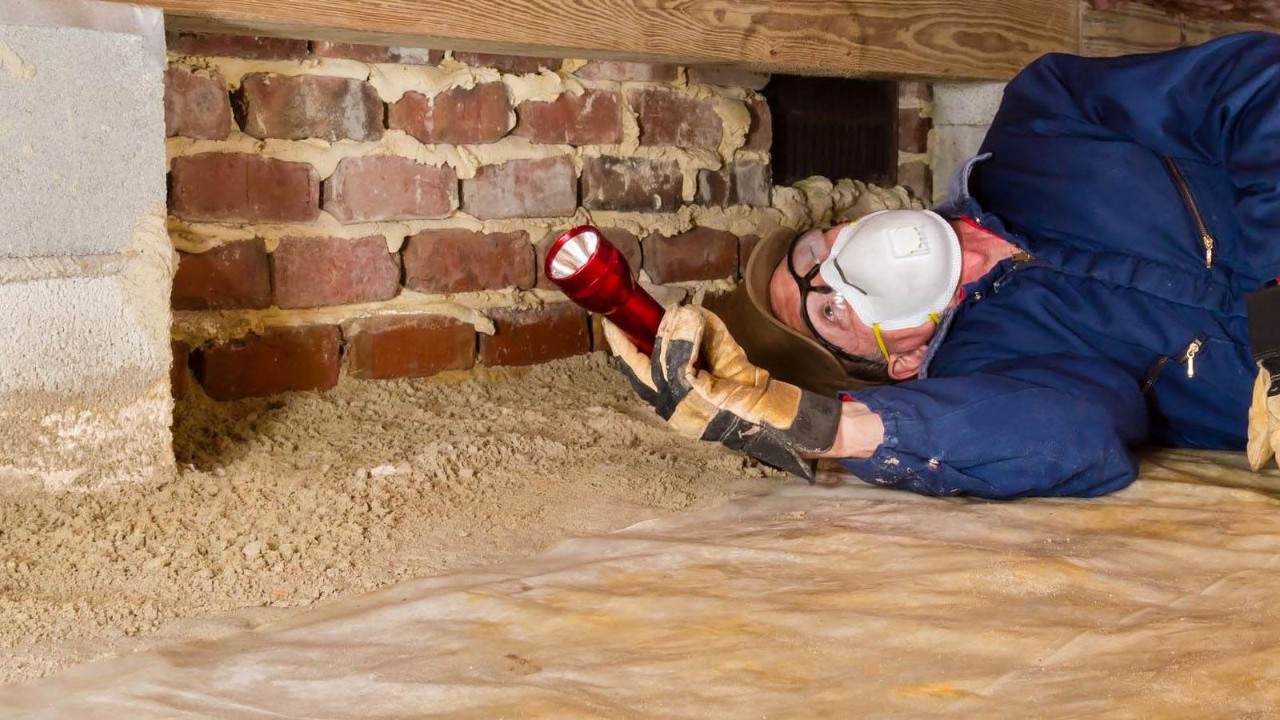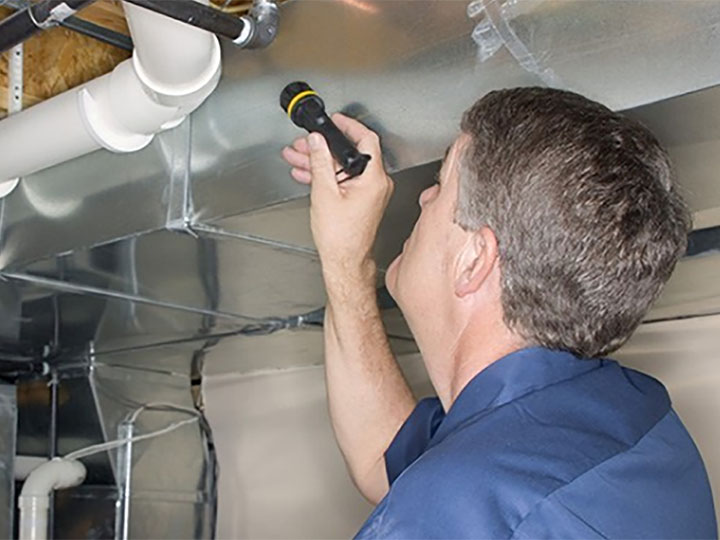Termites don't rest; they work around the clock silently eating away at timber and other cellulose materials in your home.
Are weep holes really necessary?

At Rapid Building Inspections, we often see homeowners making an innocent mistake that can lead to big problems - covering their weep holes. These small gaps in your brickwork might not look important, but they play a vital role in protecting your home from moisture damage.
What are weep holes?
Weep holes are small openings left near the base of external brick walls (and sometimes above windows and doors). Their main purpose is to allow moisture to escape from inside the wall cavity and provide ventilation to keep the cavity dry. In Australia’s climate, where heavy rain, storms, and high humidity is common, these openings help prevent water from building up inside your property’s walls
Is it ok to cover weep holes?
When we inspect homes, we sometimes find weep holes blocked by soil, mulch, concrete, mesh, or even rendered over. Blocking them can cause:
- Moisture buildup – without a way to drain out, water can accumulate inside walls, leading to wood rot, mould and damage to the structural timbers of the property.
- Brickwork deterioration – prolonged dampness can cause the mortar in brickwork to weaken and the bricks to crumble.
- Termites and other pests – damp, dark wall cavities are the perfect environment for termites and other pests, blocking your weep holes can give them a hidden entry point.
What to do about weep holes
- Keep weep holes clear – ensure soil, mulch, and garden beds are below the bottom of the brickwork to avoid blocking weep holes and air flow.
- Use protection – if you're worried about pests, use purpose-made stainless steel or plastic weep hole covers that allow air and water to pass through.
- Inspect regularly – check weep holes after heavy rain or gardening work to ensure that they have not been covered and are still open.
Protect your home – don’t cover your weep holes
Weep holes may seem small, but they’re essential for keeping your home structurally healthy and dry. Covering them can lead to hidden – and expensive – damage over time.
At Rapid Building Inspections we visually check weep holes to ensure they aren’t blocked or compromised during your building and pest inspection.



